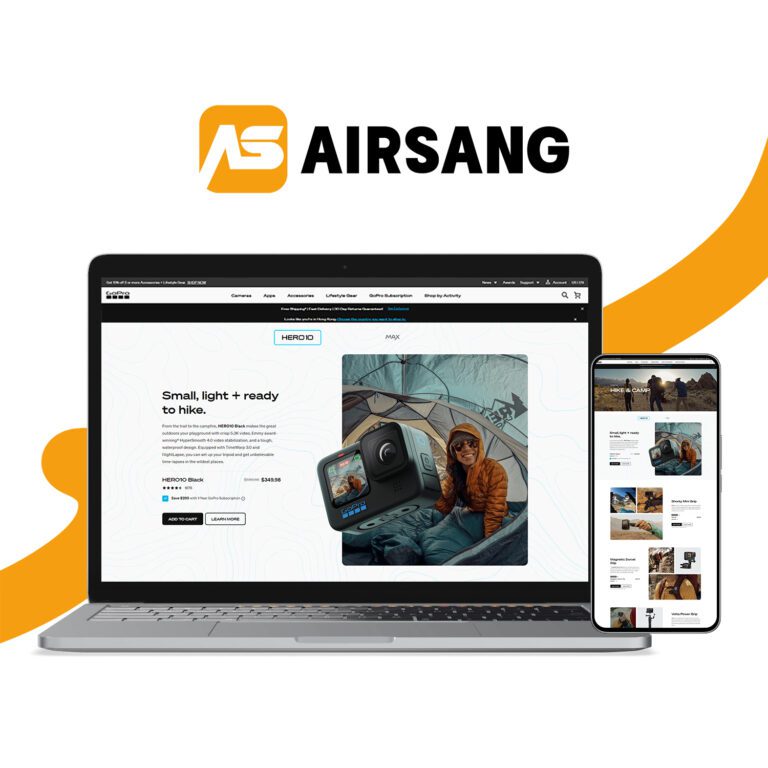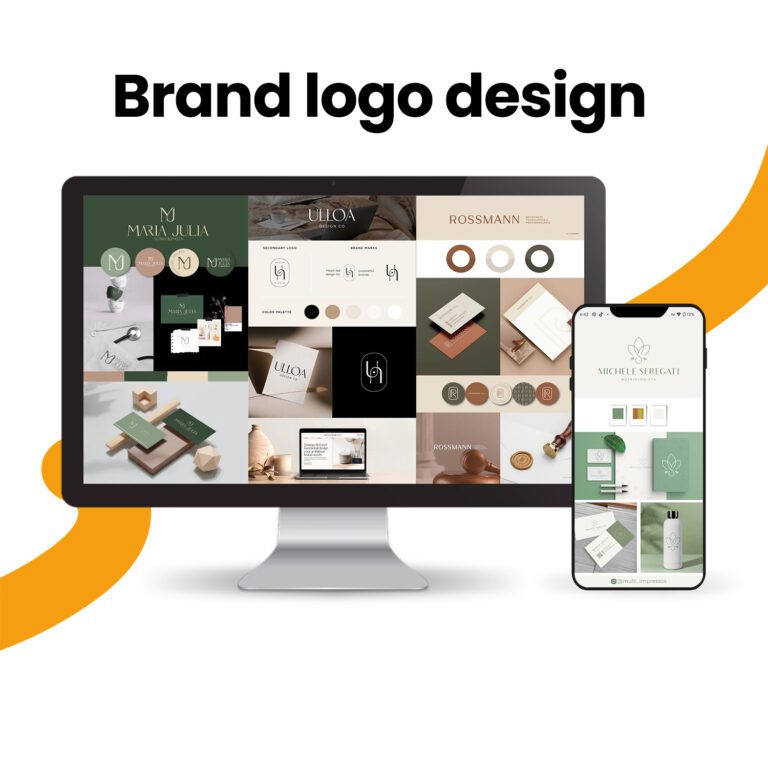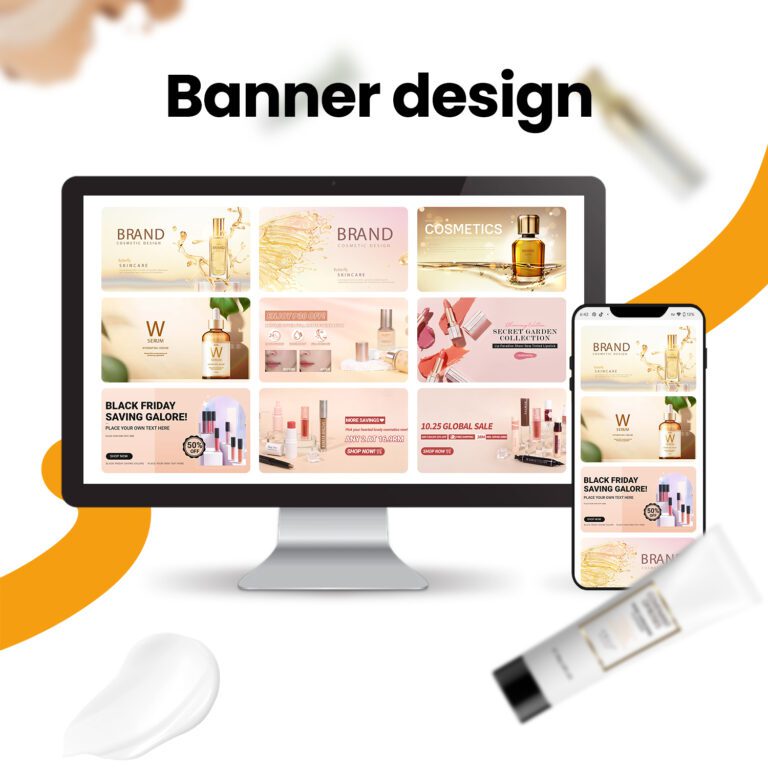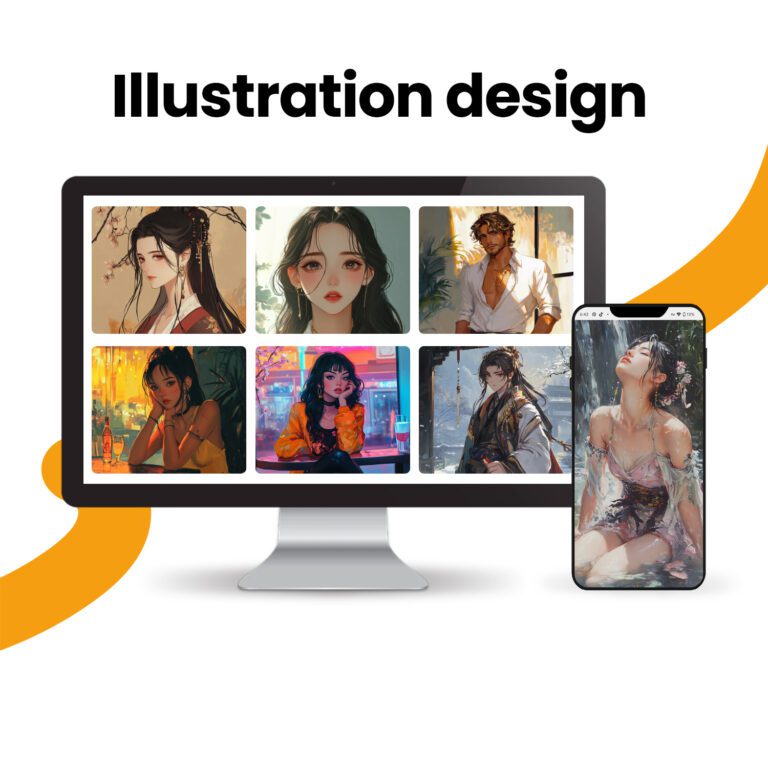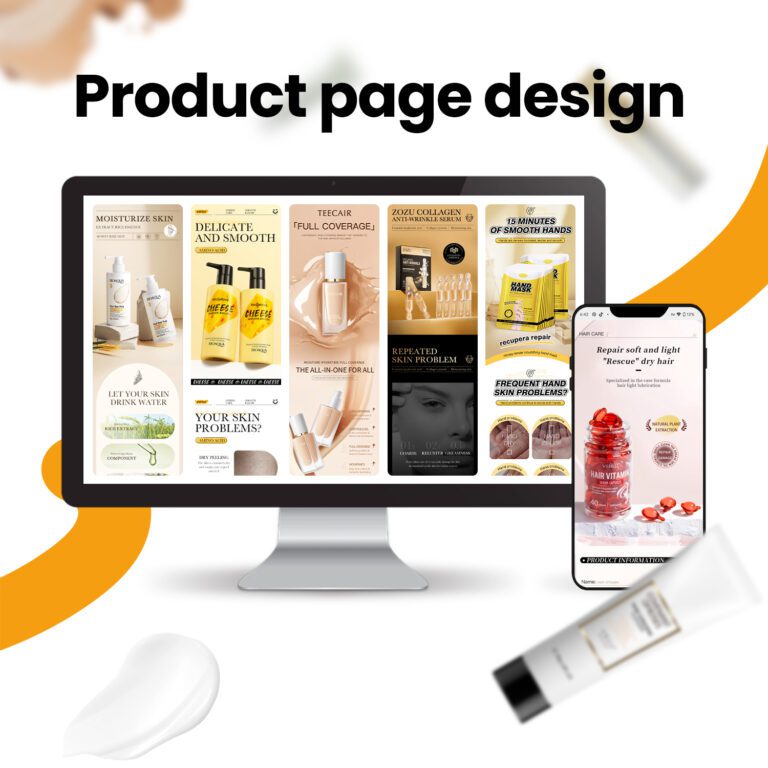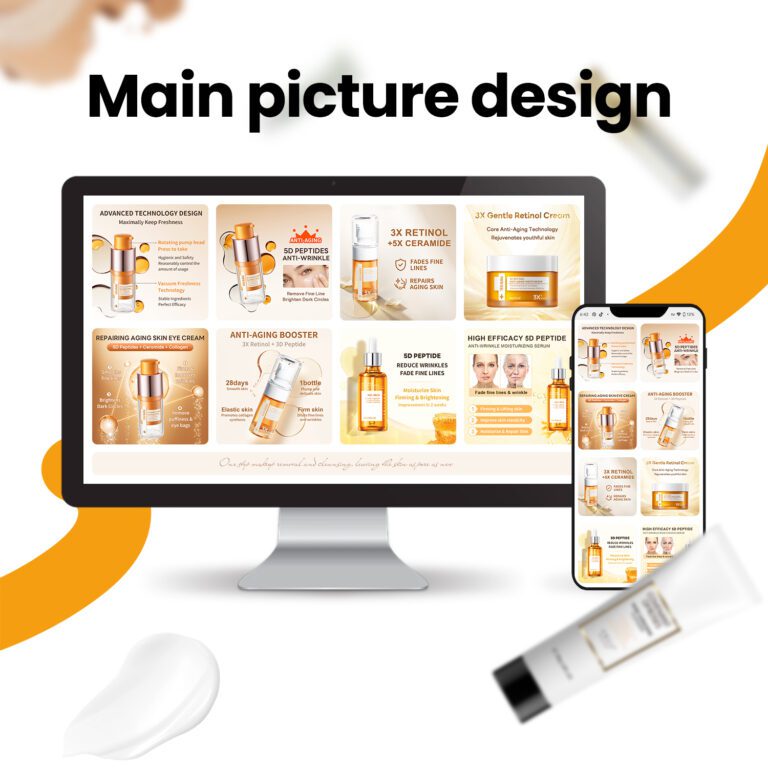The Dangers of Bad Logo Designs: Avoid Costly Mistakes

Introduction
A logo is often the first impression a potential customer has of your brand. It can communicate everything about your business—from your values to your professionalism. However, not all logos succeed in creating a positive impression. In fact, terrible logo designs can damage your brand’s reputation, confuse customers, and even lead to a loss of business. In this article, we’ll explore what makes a logo “terrible” and how you can avoid making design mistakes that harm your brand’s image.
Why Terrible Logo Designs Can Be Harmful to Your Brand
The Impact of a Bad Logo on Customer Perception
A logo is one of the most visible aspects of your business, but it’s also one of the easiest elements for customers to judge. A poorly designed logo can immediately give the impression that your company is unprofessional, outdated, or lacking in quality. Customers form opinions in seconds, and that first impression matters. When your logo doesn’t resonate or seems untrustworthy, it can lead potential customers to look elsewhere.
The Negative Emotional Response
Humans are emotional beings, and a logo has the power to trigger an emotional response. A bad logo can evoke confusion, frustration, or even negative emotions that drive potential clients away. For example, if a logo is too complicated or doesn’t communicate the right message, it can create uncertainty about your brand. Emotional reactions play a significant role in purchasing decisions, so a terrible logo design can hinder your chances of making that sale.
Loss of Brand Recognition
Consistency in design is key to building brand recognition. A great logo sticks in people’s minds and becomes synonymous with the values or qualities your business represents. On the other hand, a bad logo fails to leave a lasting impression. It may blend in with competitors’ logos or fail to make a strong visual impact. As a result, customers may struggle to remember your brand, reducing your chances of becoming a top-of-mind choice when they are in need of your products or services.
Common Characteristics of Terrible Logo Designs
Overcomplication vs. Simplicity
Too Complex to Understand
While a good logo needs to stand out, it should also be simple enough to be understood and recognized at a glance. One of the most common mistakes in logo design is overcomplicating the design. Too many colors, intricate shapes, or excessive elements can make a logo hard to interpret. A cluttered design can overwhelm the viewer and fail to communicate the brand’s message clearly.
Not Scalable
In the digital age, logos need to be versatile across a variety of platforms. Whether it’s being displayed on a website, social media profile, business cards, or even merchandise, a logo needs to look good in different sizes. A terrible logo may lose its effectiveness when scaled down, resulting in blurry or distorted imagery. The design must be clear and recognizable at any size to maintain brand consistency.
What Makes a Logo Effective?
Simplicity and Versatility
A great logo is simple, memorable, and versatile. The simpler the design, the easier it is for people to recognize and remember. Think of iconic logos like Nike’s swoosh or Apple’s apple—both are incredibly simple yet immediately identifiable. Simplicity does not mean boring; it means focusing on essential elements that represent the brand effectively.
Timeless Design
Trendy designs can quickly become outdated, and a logo that follows trends might not have the longevity your brand needs. Instead, aim for a timeless design that will still be effective years down the line. A great logo will evolve alongside your brand without needing major redesigns to stay relevant.
Effective Use of Color and Typography
Color and typography are powerful tools in logo design. Different colors evoke different emotions and associations, so choosing the right palette is critical for reflecting the personality of your brand. Similarly, typography helps convey the tone of your brand, whether it’s professional, friendly, playful, or luxurious. Terrible logos often use mismatched colors or unappealing fonts, which can confuse the message and reduce the impact of the logo.

How to Avoid Terrible Logo Designs: Best Practices
Understand Your Brand’s Identity
Research Your Target Audience
Before designing a logo, take the time to research your target audience. Understand their preferences, values, and expectations. Your logo should be designed with your audience in mind, making sure it appeals to them and reflects your brand’s mission. Avoid generic designs that might appeal to everyone but fail to connect with anyone specifically.
Work with a Professional Designer

While it may seem tempting to create a DIY logo, it’s worth investing in a professional designer who understands the principles of good logo design. A skilled designer can guide you through the process, ensuring your logo is both creative and effective. They will also make sure your logo is functional across different platforms and scalable for various uses.
Avoid Overusing Trends
Trendy designs can make your logo seem modern in the short term, but they can quickly lose relevance. Instead of relying on passing trends, focus on creating a logo that reflects the timeless qualities of your brand. A classic design will serve you for years and will help establish long-term recognition.
Conclusion: The Importance of a Well-Designed Logo
Your logo is one of the most important visual elements of your business. It plays a critical role in how customers perceive your brand and whether they choose to engage with your products or services. By avoiding the common pitfalls of terrible logo designs—such as overcomplication, lack of scalability, and poor use of color and typography—you can ensure that your logo not only looks professional but also communicates your brand’s message effectively.
Remember, a well-designed logo is timeless, simple, and versatile. By following the best practices outlined in this article and working with a professional designer, you can create a logo that stands the test of time and enhances your brand’s reputation.
At AIRSANG DESIGN, we specialize in creating logos that tell a story, resonate with audiences, and leave a lasting impression. Our team of expert designers ensures that every logo we create aligns with your brand values and appeals to your target market. Reach out today to start designing a logo that truly represents your business.

